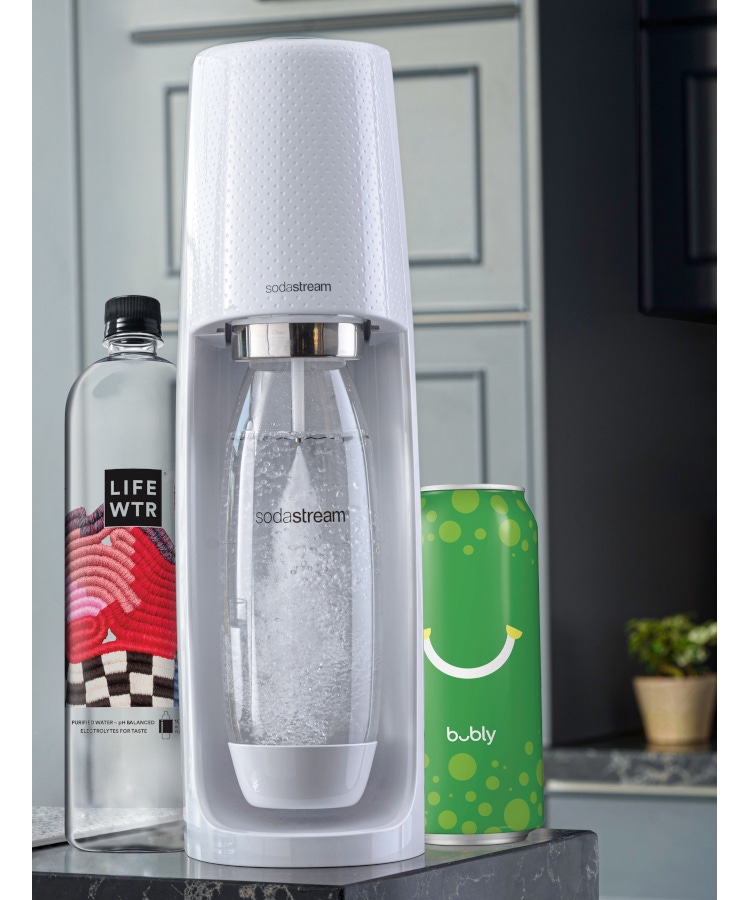Strategic plastic use drives sustainable packaging at PepsiCo

The crusade to reduce plastic in beverage and food packaging continues, with PepsiCo Inc. announcing this month (September 2019) that it aims to reduce use of virgin plastic by 35%—essentially eliminating 2.5 million metric tons of cumulative virgin plastic—by 2025.
The reduction will occur across the company’s beverage portfolio, which includes the Lifewtr, Bubly and Aquafina brands. To achieve its goal, PepsiCo plans to use more recycled plastic and alternative packaging materials.
In June 2019, PepsiCo announced that starting in 2020 it would package Lifewtr in 100% recycled polyethylene terephthalate (rPET) in the United States and no longer fill Bubly into plastic containers. Also beginning next year, the company plans to offer Aquafina in aluminum cans to U.S. foodservice operators and to test that concept at retail.
The group of changes that will start in 2020 should eliminate more than 8,000 metric tons of virgin plastic and about 11,000 metric tons of greenhouse gas emissions, according to the company.
All of the efforts are part of PepsiCo’s focus on developing a circular economy for plastics. The company intends to make 100% of its packaging recyclable, compostable or biodegradable, and to increase use of recycled content in its plastic packaging to 25%, by 2025.
With an emphasis on the “reduce” portion of the three Rs (reduce, reuse, recycle), the company’s SodaStream business will eliminate the need for an estimated 67 billion plastic bottles through 2025. PepsiCo acquired SodaStream in 2018.
____________________________________________________________________________________________
MinnPack 2019 (Oct. 23-24; Minneapolis) is where serious packaging professionals find technologies, education and connections needed to thrive in today’s advanced manufacturing community. See solutions in labeling, food packaging, package design and beyond. Attend free expert-led sessions at multiple theaters around the expo.
About the Author(s)
You May Also Like




